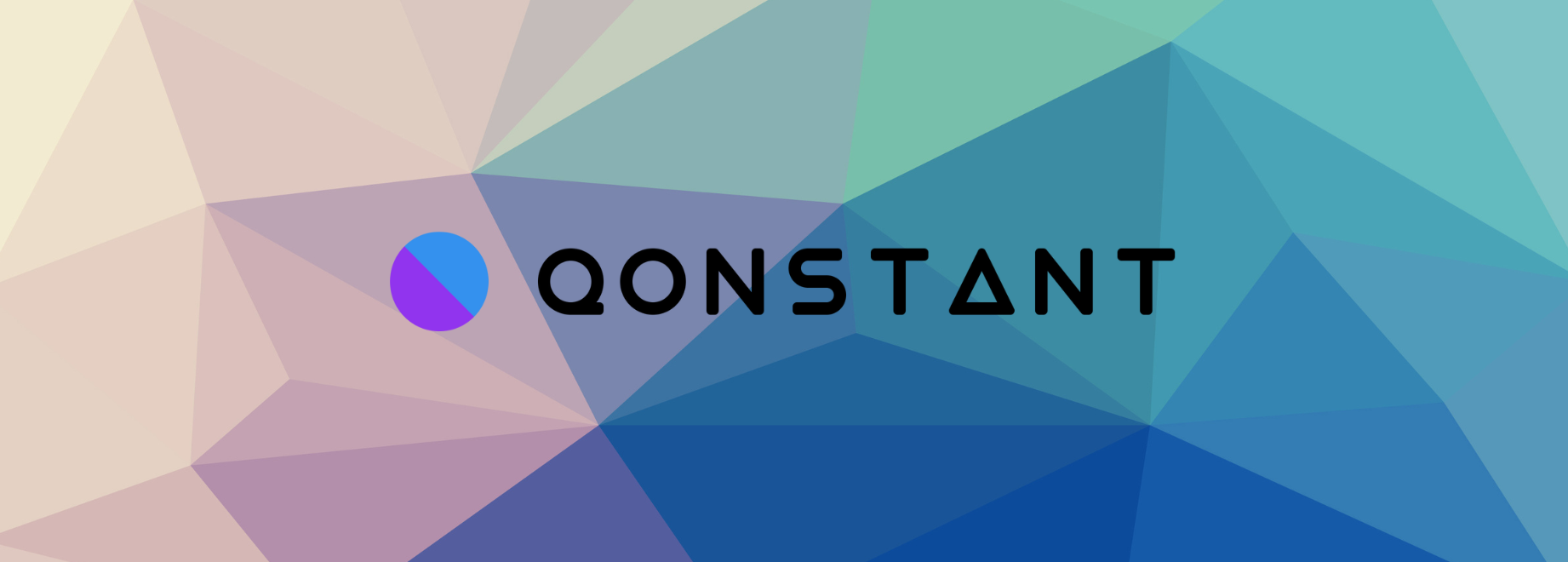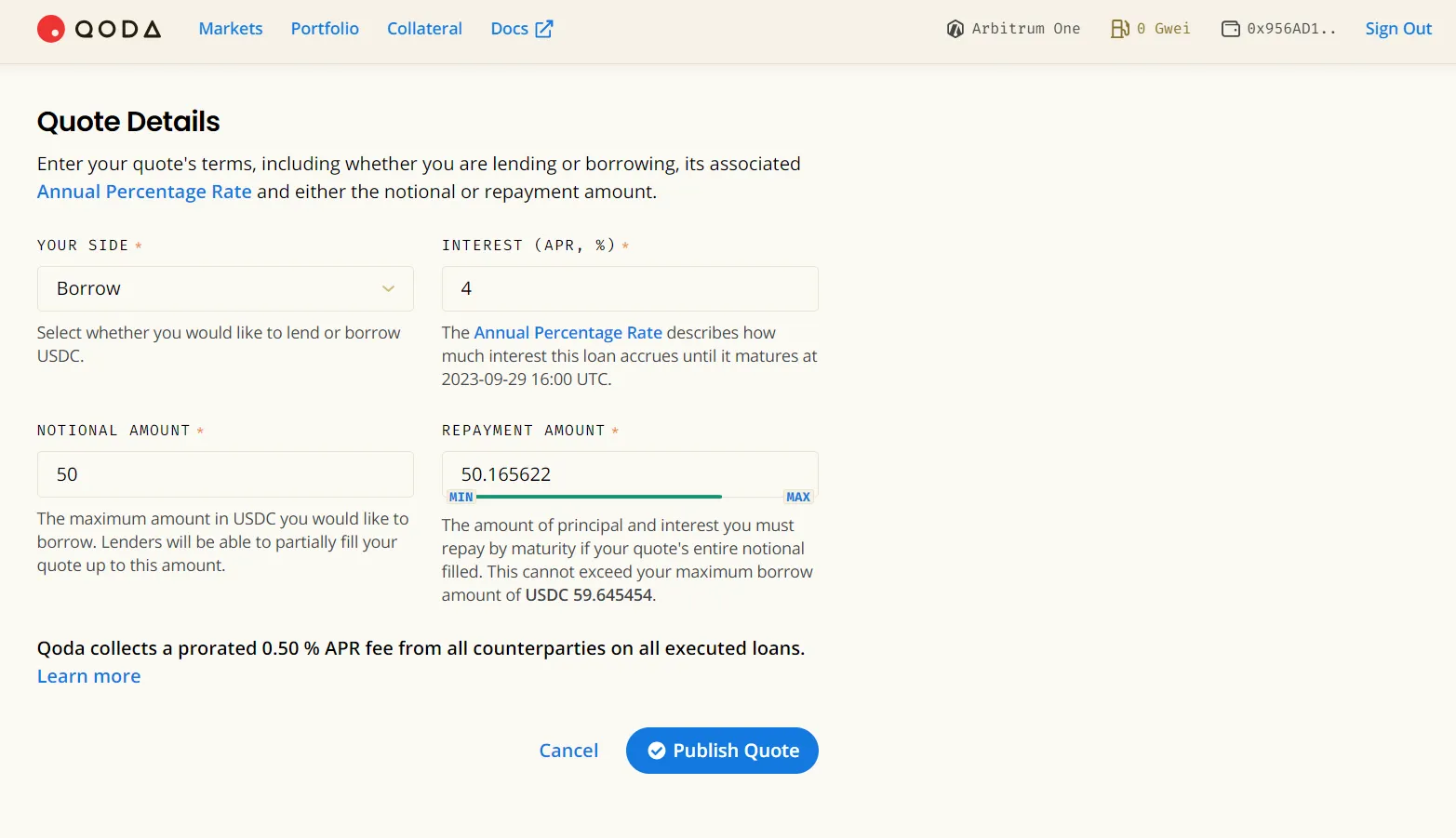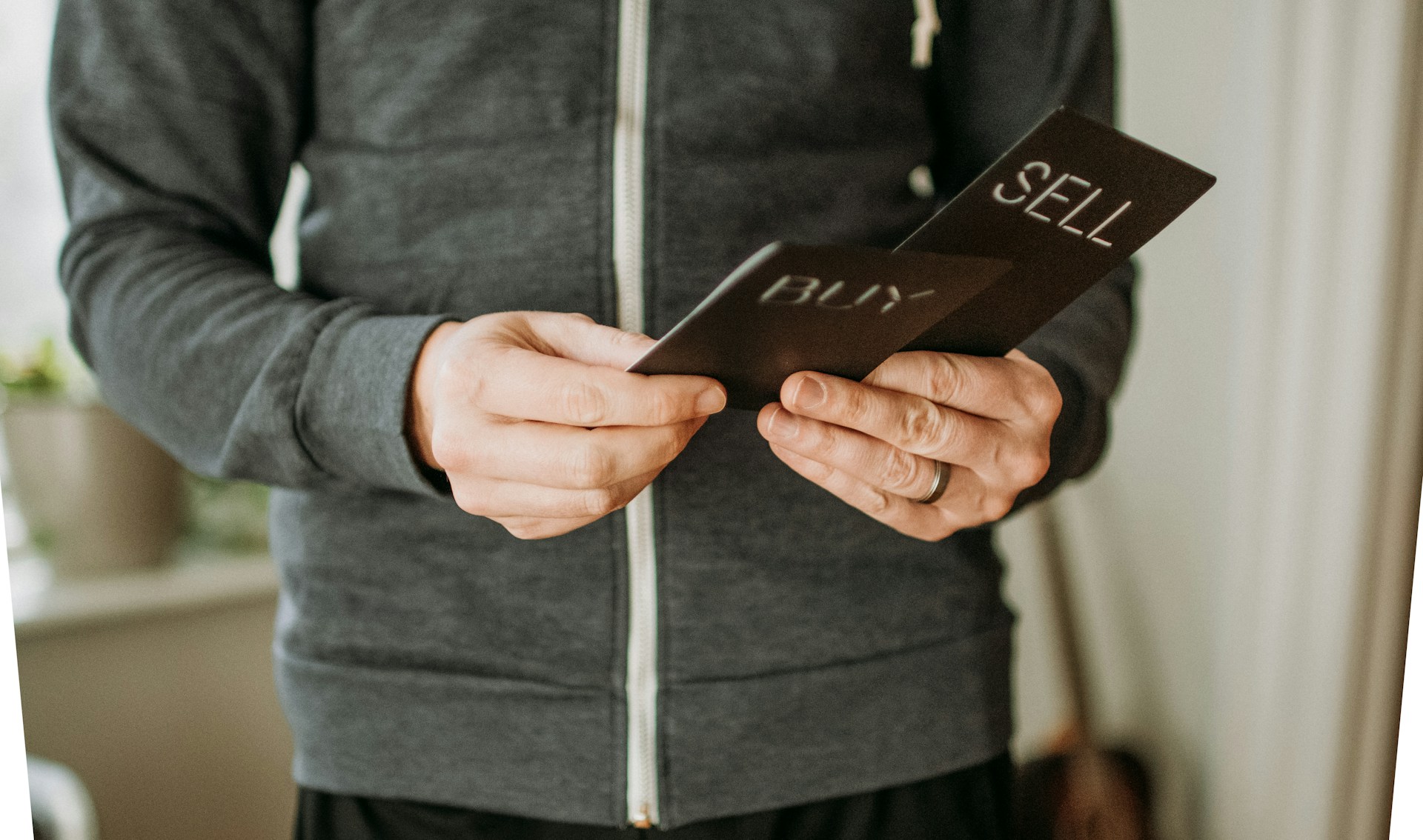In the fast-changing world of cryptocurrency, smart traders look for strategies to maximize their profits and leverage their digital assets. One of those strategies is crypto borrowing, a field of decentralized finance (DeFi) that’s transforming the traditional trading experience.
Crypto borrowing lets traders borrow funds against their cryptocurrency holdings, offering a way to access liquidity without selling assets. Whether you’re aiming to amplify your trading capacity, hedge your bets, or navigate market volatility, understanding crypto borrowing can give you an important advantage in your trading toolkit. In this article, we’ll explore the mechanics, advantages, risks, and best practices of crypto borrowing for traders using Qonstant. Let’s dive in.
What is Crypto Borrowing?
Crypto loans are one of the financial instruments in crypto, which is similar to traditional finance but with its own specific characteristics.
The primary difference is that in DeFi, the interaction takes place in a trustless environment, where all the protocol (like Qonstant) knows about its users is their wallets. DeFi tools do not have traditional credit profiles like banks, so all cryptocurrency loans require a deposit to over-collateralize the loan amount.
Although current tools for borrowing require over-collateralization, they remain useful for traders to leverage their portfolios.
Advantages of Crypto Borrowing for Traders
Increasing your portfolio. If you hold assets and don’t want to sell, you can use them as collateral and get stablecoins or altcoins to trade in line with your personal strategy. i.e., holding the same number of initial tokens, you can get more tokens for your trading purposes.
Low interest rates. Compared to traditional bank loans, crypto loans are cheaper and more accessible because crypto protocols are not concerned with your credit history. And on Qonstant, unlike other projects, interest rates are fixed, and you can set them yourself.
Additional tools in your trader’s toolbox. With the help of crypto loans, you can long or short tokens. On Qonstant this experience is like the limit spot trades on any centralized exchange, so you don’t need to understand how futures work.

Lend or borrow on Qonstant with fixed rates!
Meet innovative crypto lending platform where your interest is predictable.
Risks Involved in Crypto Borrowing
Volatility. The deposited collateral can critically drop in value and your position will be liquidated if the collateral is no longer enough to secure it. These risks are present in crypto at this stage of its development.
Trading strategy. If your strategy is unsuccessful and the asset goes up or down in price, depending on your side, you could lose some of the value. Always manage your risk.
Security and trust. Only choose the protocols for crypto borrowing that you trust, after your own detailed research. Pay special attention to security, audits, and communication history, at a minimum. None of this guarantees 100% protection, but they are important indicators when you choose a platform.
Knowledge. You can lose your money if you do not fully understand how loans, liquidations, and related products/transactions work. Start using crypto loans only if you clearly understand what you are doing and how what you are doing works.
The Mechanics of Crypto Borrowing for Trading
To better understand the mechanics of crypto borrowing on Qonstant start with these videos:
If you prefer text format, head to Docs and check our step-by-step guide on how to borrow using Qonstant DApp.
Best Practices in Crypto Borrowing for Traders
Assume you hold WBTC and WETH, and want to go long GLMR without selling any of your WBTC or WETH. What actions should you carry out to benefit from borrowing assets?
First, deposit your coins/tokens as collateral assets in Qonstant. These tokens will still belong to you, the holder, and are used as collateral to borrow funds in Qonstant’s markets.
Then borrow USDC in Qonstant’s market. Ideally, create a quote in the market to borrow at a rate of your choosing. Quotes with the highest borrow rates get filled first.

Sell USDC on a DEX to buy GLMR at current price.
Your portfolio is now long WBTC and WETH (deposited as collateral to fund USD borrow position), and long GLMR using leverage.
Bonus: You can lock your GLMR for staking, or even lend it in Qoda’s GLMR market to earn a yield to offset your borrowing costs, while you wait for the price to go up.
Remember to replay the borrow position in full before maturity.
Please note that you should pay attention to your account health and make sure it stays above the minimum. Fluctuations in the value of collateral and borrow positions can affect account health. You can read more about account health, market, and collateral factors in our Docs.
How to delever your portfolio?
- To repay your USDC loan and delever your portfolio, you must sell your GLMR on a DEX for USDC.
- If the price of GLMR went up more than your borrowing costs and fees, you will have more than enough to repay your borrow position in full. If GLMR did not increase in value enough, or went down in value, then you will need to source additional USDC to fully repay your borrow position. That is why leverage comes with the risks we referred to above.
- Once you have repaid your borrow position, you can withdraw your collateral. Note: collateral can be withdrawn at any time so long as the withdrawal does not render the account unhealthy.
Now let’s assume that you want to short GLMR:
- Deposit your coins/tokens as collateral assets in Qoda.
- Borrow GLMR in Qoda’s market.
- Sell GLMR on a DEX for USDC/USDT.
- Wait until the price goes down.
- While you wait you can use those stablecoins to loop your deposit (add them to collateral) and borrow more GLMR or just lend and earn a yield.
- Buy GLMR back at a lower price and repay your loan. If GLMR price decreased, you’ll have enough to do so and earn a profit in USDC/USDT. But remember, if the price goes up, you’ll need to source additional GLMR to fully repay your borrow position.
